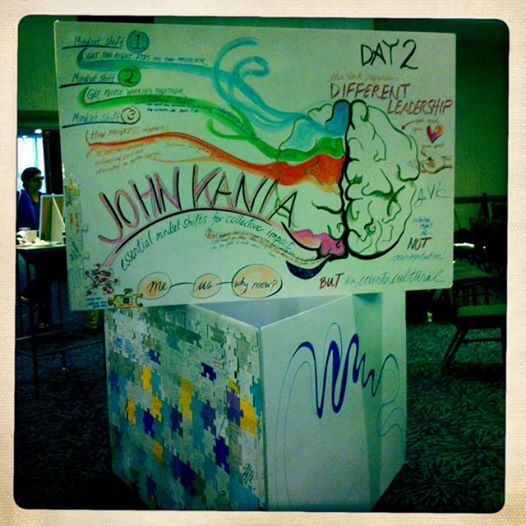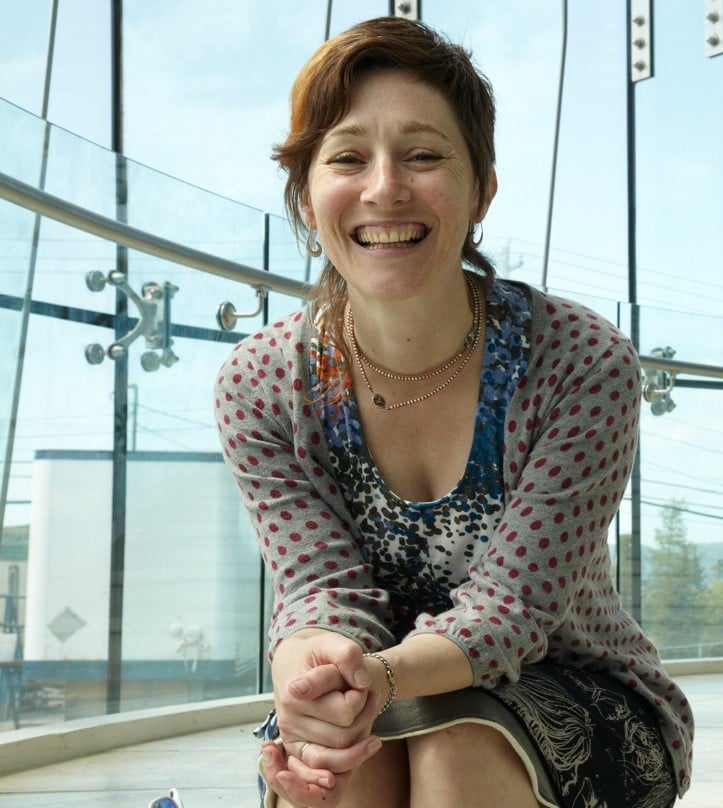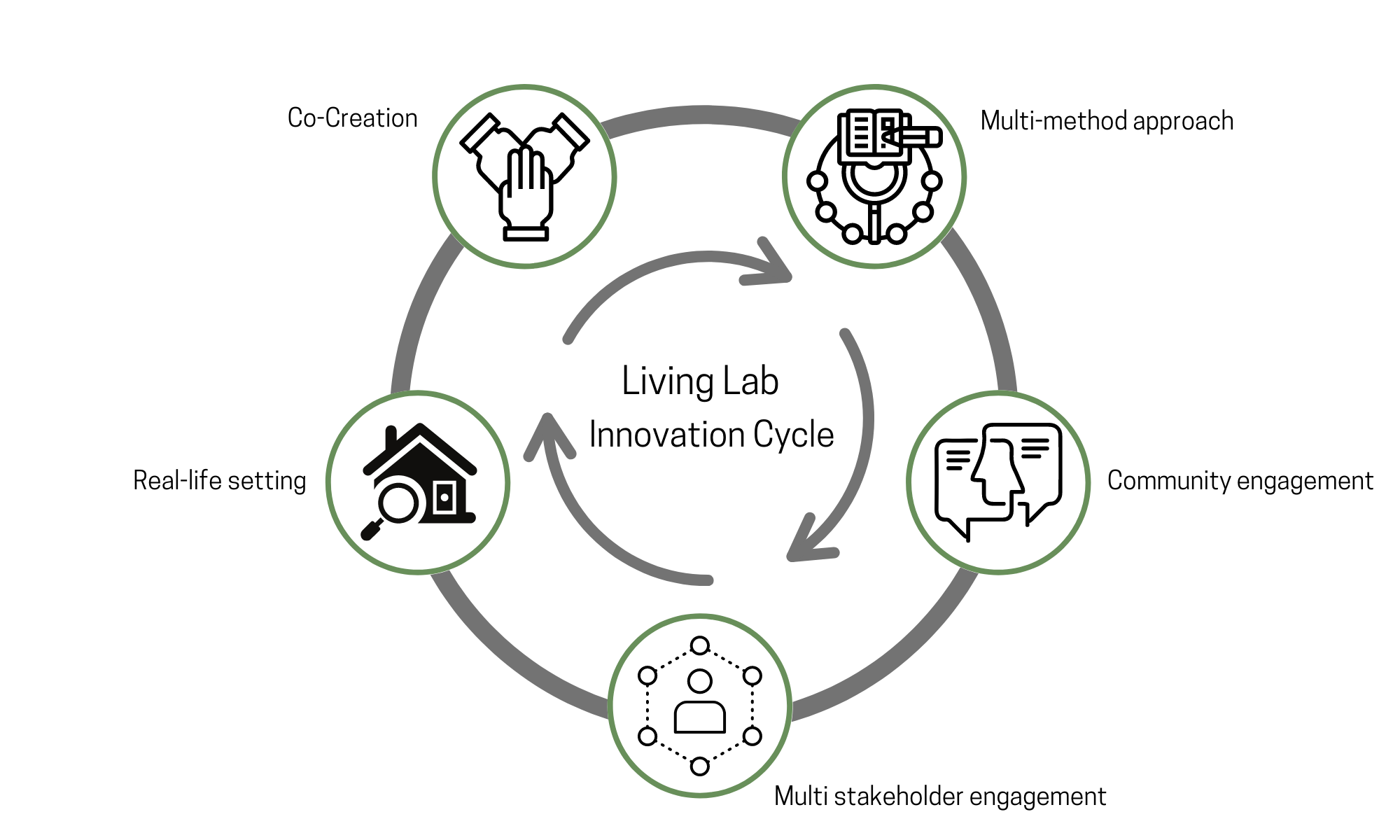I am determined to take my reflective practice to a new level this year. This means becoming alert to the messages that come in subtle and surprising ways. It also means being curious with myself.

This curiosity lead me on Tuesday night to consider what inspired me last year. I remember feeling excitement when hearing John Kania speak at the Collective Impact Summit in October, so I decided to review the drawing I made during his session. I still fancy the exploding brain image and the focus on the need for different leadership. All that aside, it didn't bring me back to the intuitive knowing I felt during his keynote address. This lead me to the FSG YouTube channel and a video of John addressing a group at the Aspen Institute. It was great. After the first three sentences I was back there feeling and experiencing the connectivity of the bright minds in the room. This review is for you and me Peter
Embracing Emergence and Collective Impact with John Kania
Collective Impact Forum on YouTube
This is what I understood. Nature teaches us about diversity in a sustainable way, it's messy and an alternative discipline is needed that embraces emergence. There is a call for leaders to acknowledge that how we are working to fix big social messes like poverty isn't working, so we need to imagine differently.
There is a larger burning question at play here. What do we do about things that are not predictable? We love to predict, pattern and plan our way out of messes. What do we do when we can't even imagine the solution? The notion of Emergence calls on community/society to look at higher level patterns of evolution; to spot patterns, support them and amplify them for social good. This lines up with how cities learn which is neighbour to neighbour in clusters and feedback loops; it's not very complicated really, its how people self organize.
John Kania supports an approach of continuous improvement that follows the path of plan--do--check--act. I noticed that this also lines up with innovation principles of act--react--adapt. If we want to work this way with continuous improvement we should we be looking for 3 outcomes:
- A previously unnoticed practice
- A successful practice that existing locally(something in our own context that is working)
- Local individuals or organizations working together differently to find and adopt new solutions (a different way of working together)
So to find emergence we need to have a clear common intent and the structure of working to reach conclusions = collective seeing, doing & learning. The words he wraps around this are humbling: intentional, structured, rigorous & disciplined, flexible & organic. This stands in contrast to how we traditionally try to make change; we push out one strategy after another. This just doesn't work in collective impact.
John Kania uses the example of murmuration to illustrate the point. Murmuration is the flocking of starlings in larger numbers to create warmth in cold climates. The example shows us how with minimum rules or specifications need to be in place for groups to work together.
The birds follow essentially three rules:
1. the birds fly at the same speed
2. each birds flies equidistant from their neighbour
3. when they turn it is always towards centre
John Kania uses this example because its it is measurable. The flocks have a reaction time that is 50 times faster than an individual bird. I believe it makes the clear case for collaboration and the need for collective impact.
The big lesson of Tuesday night?
My learning from Tuesday night goes beyond theory to practice. My big take way was that learning communities are everywhere if you are paying attention. In this video, John Kania acknowledges Liz Weaver and others several time in his speech and I can hear the importance of his connections with colleagues who are working in the same challenging stew of social change and collective impact; they are leaning on each other. This led me to think about my gang of colleagues. We have to take care of each other, support each other, show up for the birthday parties with a gift and say encouraging words, tell each other that what they are doing is friggin' special (in this case I mean professional birthday parties, you get the comparison I hope). And you don't have to be best friends or work in the same building, city, province or even country to be supportive.
Reflection to action
Refection is nothing with action. Well, maybe that's not true but I admit that I have an overabundance of purposefulness. I am going to make a list. It will include some cool, interesting and engaging people I've met over the years with collective impact and collaboration and ask them to be part of my gang - at a distance you know. My "Audience of Influence". It can't be that hard can it? Once a month I'm going to send someone a notes, send a shout out, comment on a blog and see what they are saying on twitter. I wonder will it make a difference. I'll let you know in April. So my plan is to cultivate my people and know them at a distance. You don't need to be best friends to stand together.
There is a cherry on top of this ice cream sundae. John Kania is coming to St. John's, NL to speak in early June along with the Tamarack gang. I am so thankful for the Community Sector Council and Penny Rowe for having the vision to make an impactful learning event happen in my town.





